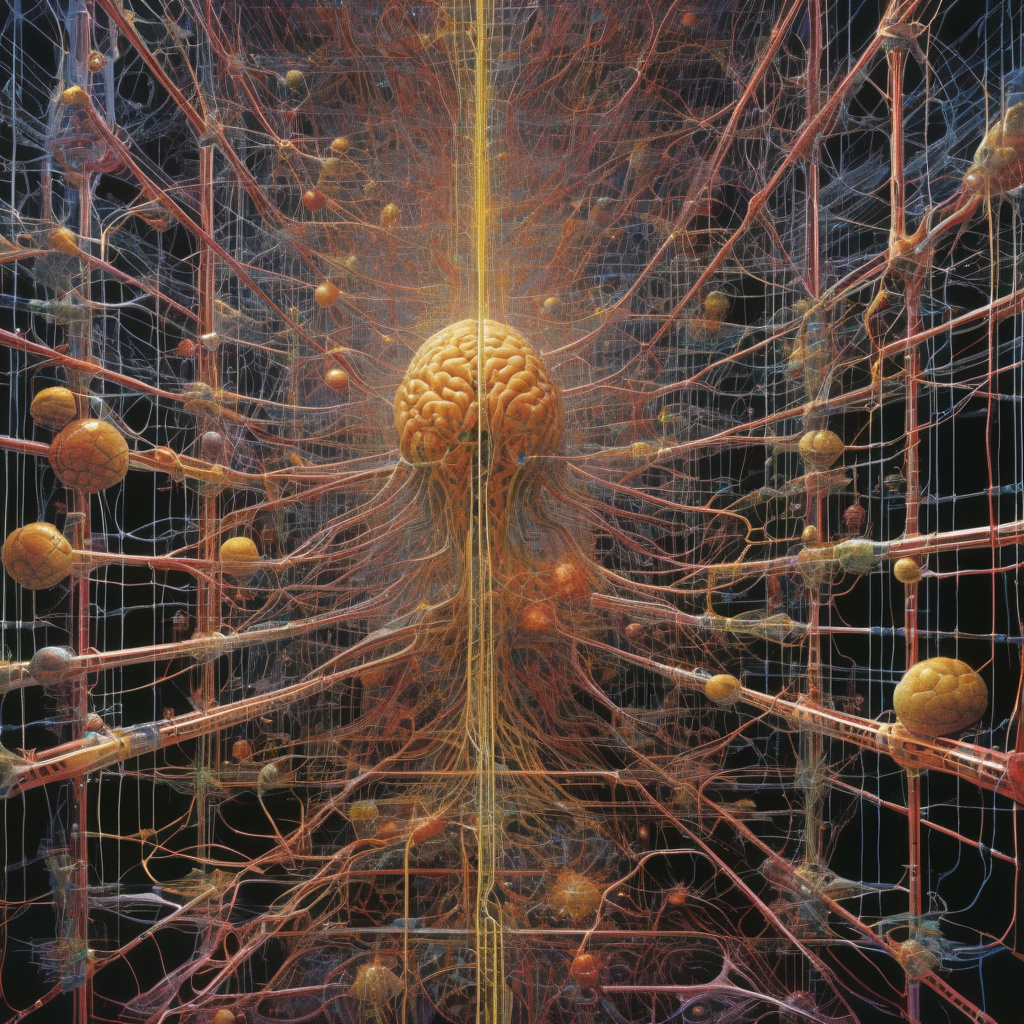Neural networks have had a rollercoaster journey over the past 50 years, experiencing both heights of success and depths of disappointment. From their inception to the present day, these artificial intelligence systems have seen a remarkable evolution that mirrors the advancements in technology and computing.
Initially developed in the 1950s as a concept inspired by the human brain, neural networks faced significant challenges due to limitations in hardware capabilities and the complexity of training algorithms. Despite early enthusiasm, the lack of computational power hindered their progress, leading to a period often referred to as the “AI winter.”
However, with the advent of more powerful hardware and innovative algorithms in the 21st century, neural networks experienced a resurgence in popularity. Breakthroughs in deep learning, fueled by vast amounts of data and improved processing units like GPUs, propelled neural networks back into the spotlight.
Today, neural networks are at the forefront of AI research and application, driving advancements in various fields such as image and speech recognition, natural language processing, autonomous vehicles, and more. Their ability to learn complex patterns and make decisions independently has revolutionized industries and transformed how we interact with technology.
One of the most notable success stories of neural networks is their role in image recognition. Companies like Google and Facebook have harnessed the power of convolutional neural networks to develop facial recognition systems, photo tagging algorithms, and visual search capabilities, enhancing user experiences and streamlining processes.
Moreover, in the realm of healthcare, neural networks are being utilized for tasks like disease diagnosis, personalized treatment plans, and drug discovery. Their capacity to analyze vast amounts of medical data quickly and accurately has the potential to revolutionize patient care and medical research.
As we look ahead, the future of neural networks appears promising, with ongoing research focusing on improving their efficiency, interpretability, and scalability. With the rise of explainable AI and ethical considerations in algorithm design, neural networks are poised to become even more integral to our technological landscape.
In conclusion, the 50-year story of neural networks is a testament to human perseverance and ingenuity in the face of challenges. From humble beginnings to groundbreaking achievements, these AI systems have come a long way, shaping the course of technological innovation and redefining what is possible in the realm of artificial intelligence. As we continue to push the boundaries of AI research and development, neural networks will undoubtedly remain a central pillar of our ever-evolving digital world.

